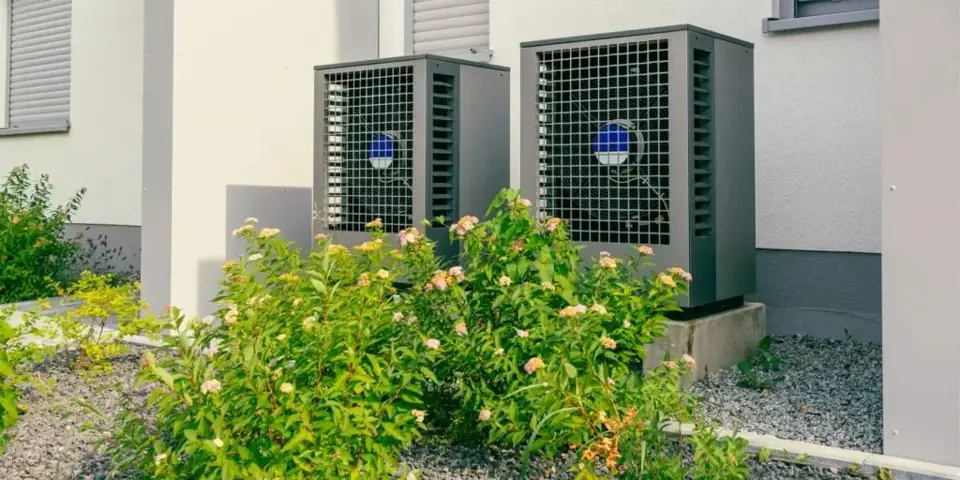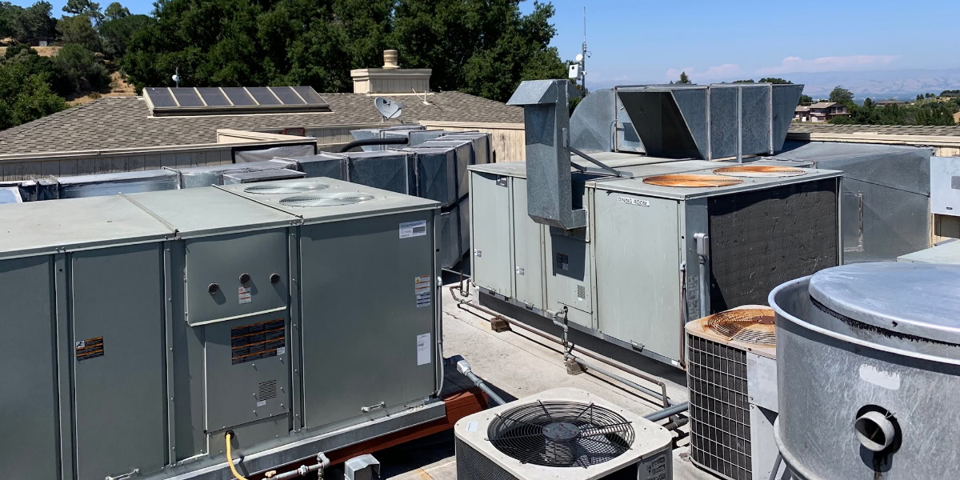When it comes to commercial and industrial HVAC systems, choosing the right type of chiller can significantly affect your building’s energy efficiency, operational costs, and cooling capacity. Among the most common options available are water-cooled and air-cooled chillers. While both serve the fundamental purpose of removing heat from a space, they do so using different methods and come with unique sets of advantages and drawbacks.
This blog will guide building owners, facility managers, and HVAC decision-makers through the pros and cons of each chiller type, helping you determine which system best fits your location, load profile, and operational goals.
What Are Chillers and Why Are They Important?
Chillers are critical components in many commercial HVAC systems. They remove heat from a liquid via a vapor-compression or absorption refrigeration cycle. This chilled liquid is then circulated through a heat exchanger to cool air or equipment as required.
The two primary types of chillers are:
- Water-Cooled Chillers: Use water from a cooling tower to dissipate heat.
- Air-Cooled Chillers: Use ambient air and mechanical fans to remove heat.
Both types are widely used in industries such as data centers, hospitals, office buildings, manufacturing facilities, and more.
Water-Cooled Chillers: Overview
Water-cooled chillers operate by transferring heat from the refrigerant to a condenser water loop, which is then rejected to the atmosphere through a cooling tower. These systems are usually installed indoors and require a mechanical room and rooftop or adjacent cooling tower.
Pros of Water-Cooled Chillers
Higher Efficiency: Generally, water-cooled chillers are more energy-efficient than their air-cooled counterparts, especially in larger installations. Water is a better conductor of heat, allowing for more effective heat rejection.
Longer Lifespan: Water-cooled systems often last longer than air-cooled systems when properly maintained.
Lower Ambient Impact: Because they’re typically located indoors, water-cooled chillers aren’t as affected by outdoor temperature swings.
Quieter Operation: These chillers tend to operate more quietly since they’re housed indoors and don’t rely on loud fans.
Cons of Water-Cooled Chillers
Higher Installation Costs: These systems require cooling towers, pumps, and a dedicated mechanical room, leading to higher upfront costs.
More Maintenance: Water treatment, tower cleaning, and component inspections add to maintenance complexity and costs.
Space Requirements: Cooling towers and indoor mechanical rooms take up valuable building space.
Water Usage: These systems consume large amounts of water, which may be a concern in regions with water scarcity.
Air-Cooled Chillers: Overview
Air-cooled chillers use air and mechanical fans to dissipate heat into the atmosphere. These systems are typically installed outdoors and do not require a cooling tower.
Pros of Air-Cooled Chillers
Lower Installation Costs: No need for cooling towers or additional plumbing makes these chillers more affordable to install.
Simplified Maintenance: Without cooling towers and water treatment systems, maintenance is generally simpler and less frequent.
Smaller Footprint Indoors: These systems are installed outdoors, freeing up indoor space.
No Water Consumption: Ideal for areas with water restrictions or high water costs.
Cons of Air-Cooled Chillers
Lower Efficiency: These systems are generally less efficient than water-cooled systems, particularly in hotter climates or larger-scale applications.
Shorter Lifespan: Being exposed to the elements can accelerate wear and reduce operational life.
Louder Operation: Mechanical fans and outdoor installation can lead to increased noise levels.
Performance Impacted by Weather: High ambient temperatures can reduce cooling efficiency and capacity.
Key Considerations When Choosing Between Water- and Air-Cooled Chillers
Location and Climate
Mild or humid climates: Water-cooled systems are often more effective and energy-efficient.
Hot, dry, or water-scarce areas: Air-cooled systems may be more practical due to water conservation needs.
Load Profile
High, consistent loads: Water-cooled systems typically outperform in facilities like hospitals and manufacturing plants.
Variable or smaller loads: Air-cooled systems may provide sufficient cooling with lower costs.
Building Infrastructure
New construction: Easier to design for either system based on long-term cost-benefit analysis.
Retrofits: Air-cooled chillers often make more sense due to lower installation complexity.
Sustainability Goals
Water efficiency mandates: Favor air-cooled chillers.
Energy efficiency targets: Lean toward water-cooled systems.
Operational Costs
While water-cooled systems generally have lower energy costs, they come with higher maintenance and water costs. Air-cooled systems save on water and upkeep but may incur higher utility bills over time.
Hybrid Systems and Evolving Technologies
For some facilities, a hybrid approach or modern variable-speed chillers can provide the best of both worlds. These technologies adapt to different loads and outdoor conditions, increasing flexibility and potential cost savings. Consulting with an HVAC expert can help you navigate emerging options that balance sustainability and performance.
Choose R & R for your all your chiller's needs
Choosing between a water-cooled and air-cooled chiller isn’t always straightforward. Each system offers unique advantages and drawbacks based on factors such as location, usage profile, maintenance capacity, and budget. By understanding the key differences and evaluating your specific needs, you can make an informed decision that aligns with your facility’s performance goals and environmental considerations.
At R & R Refrigeration, we specialize in designing, installing, and maintaining both water-cooled and air-cooled chiller systems for commercial and industrial clients across the San Francisco Bay Area. Whether you’re looking to upgrade your current system, reduce energy costs, or plan for a new build, our experienced technicians can help you find the most efficient and cost-effective solution.
Contact us today to schedule a consultation and discover which chiller system is right for your building.
FAQs about Chillers
Water-cooled chillers are generally more energy-efficient, especially in large buildings with consistent cooling loads.
Air-cooled chillers work best in moderate climates. Extremely hot or humid conditions can reduce their efficiency.
Water-cooled chillers can last 20–30 years with proper maintenance, while air-cooled chillers typically last 15–20 years.
Yes, but air-cooled chillers are usually easier to retrofit due to simpler installation requirements.
Absolutely. We offer full maintenance, repair, and performance optimization services for both water-cooled and air-cooled systems.






